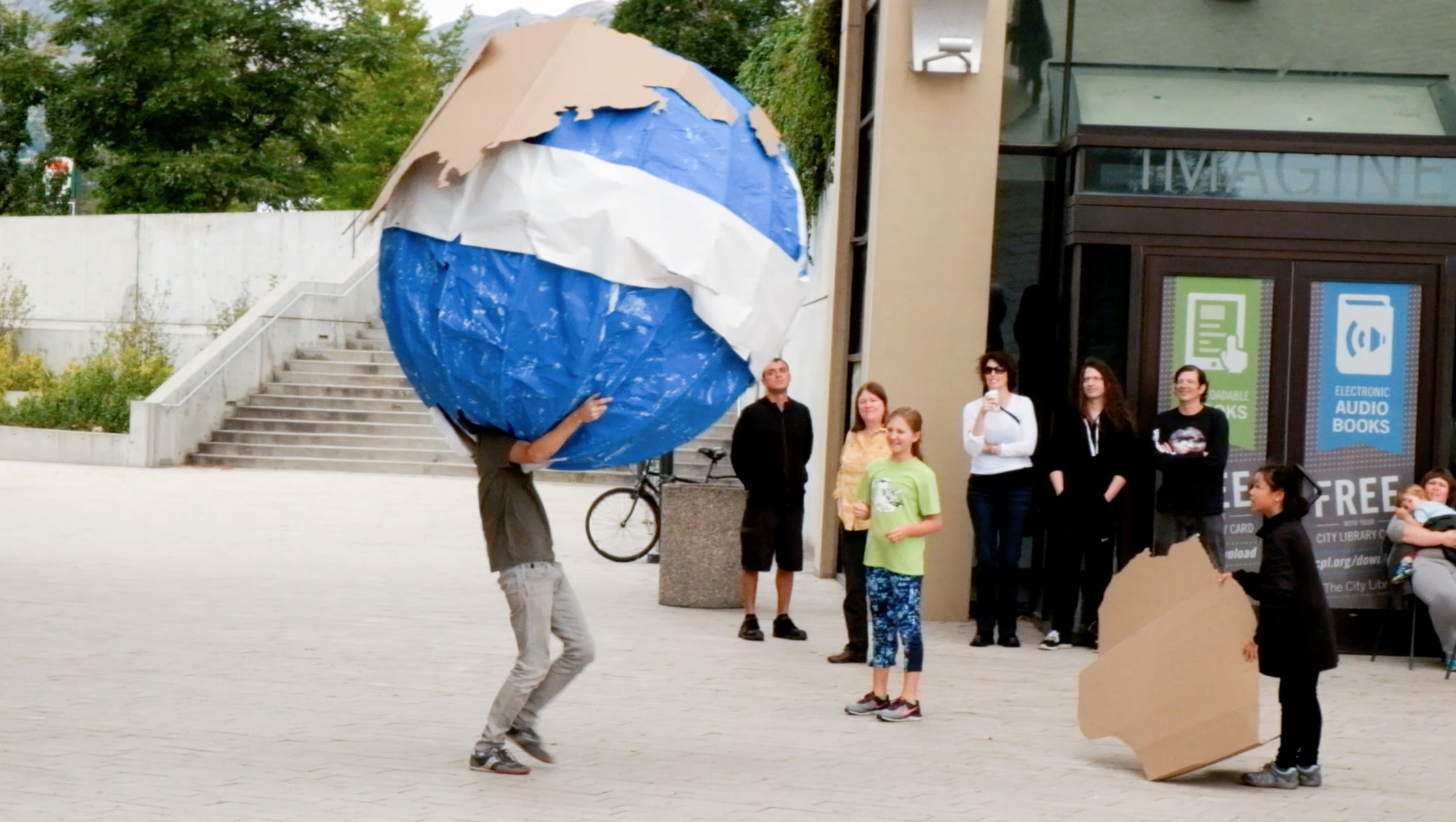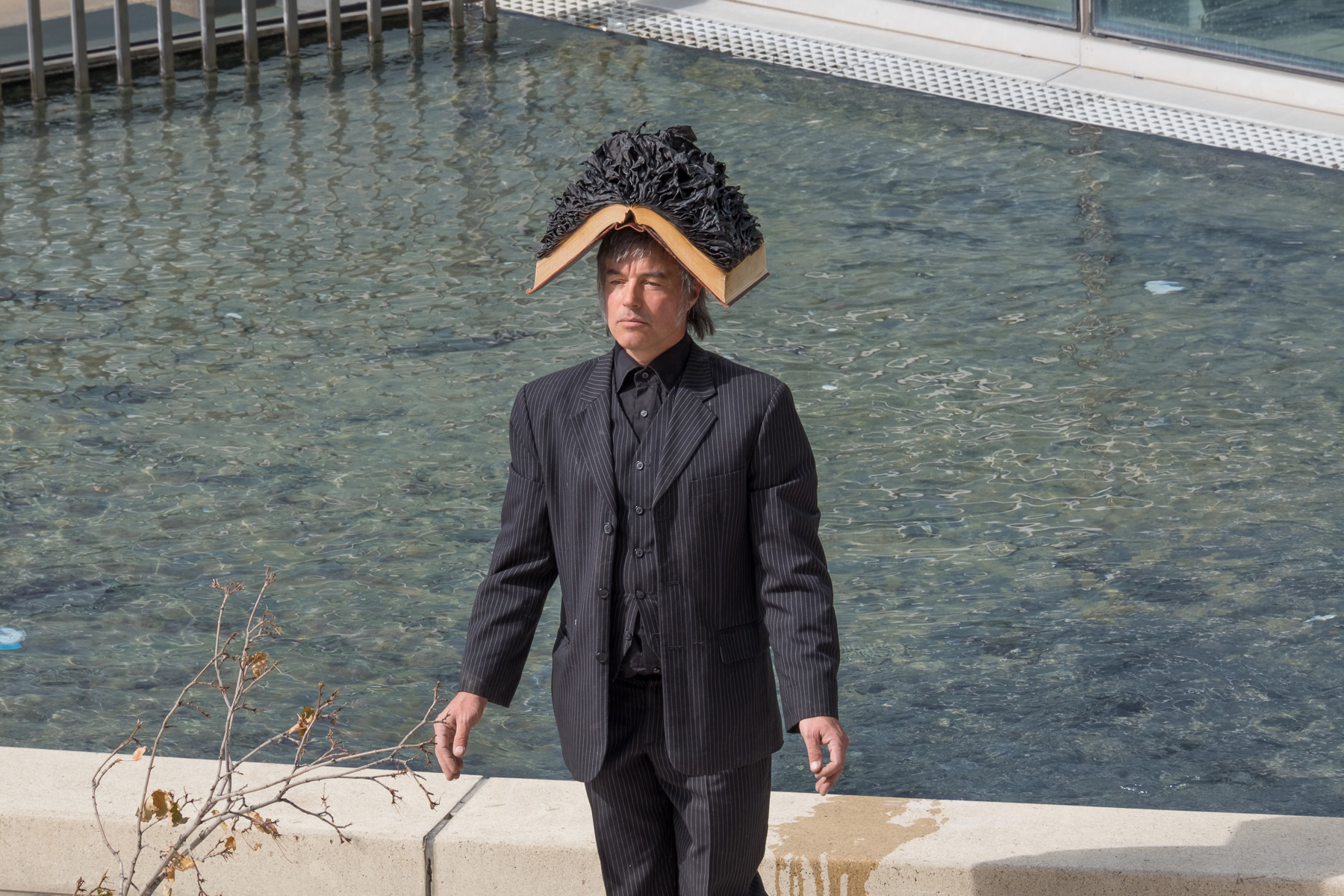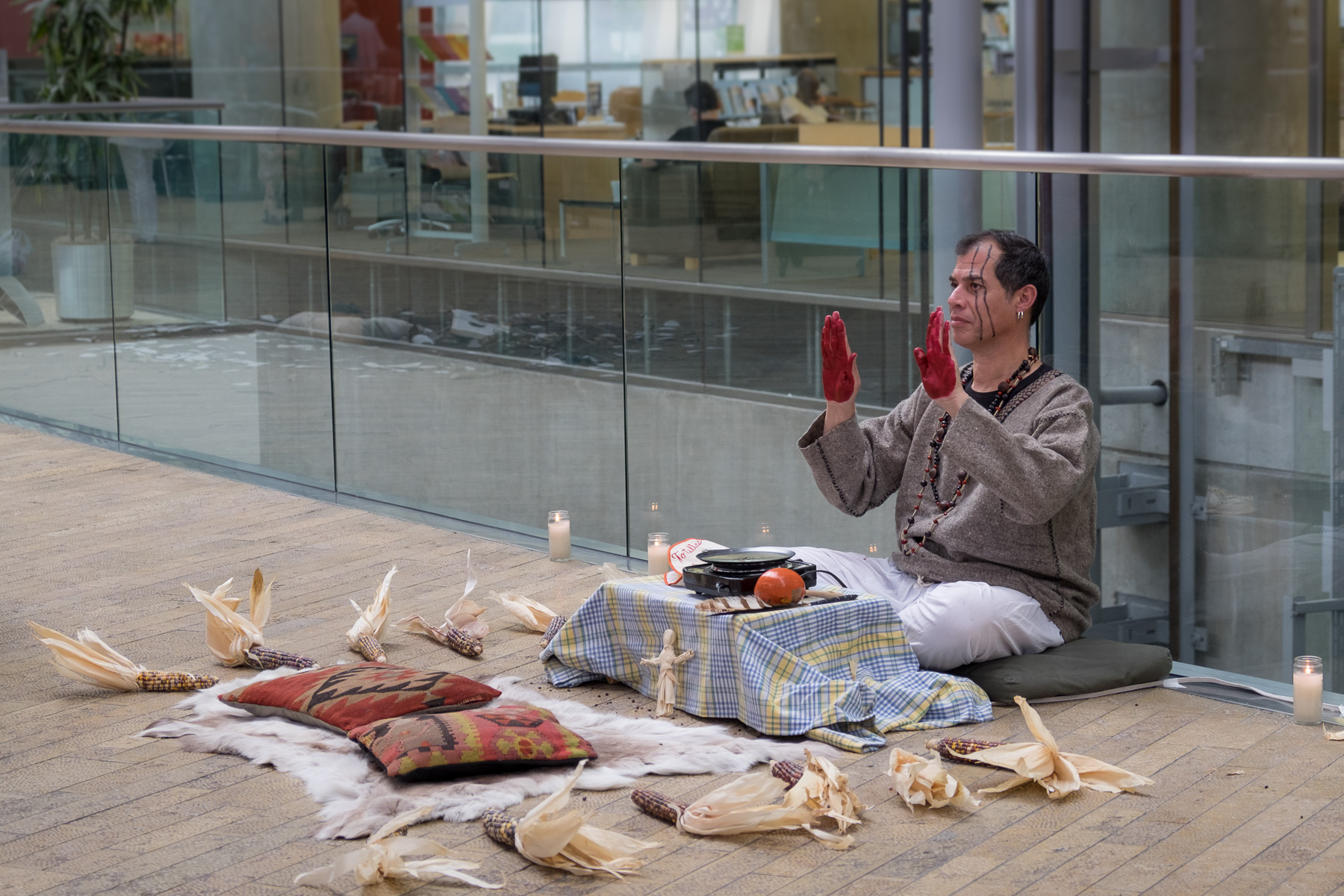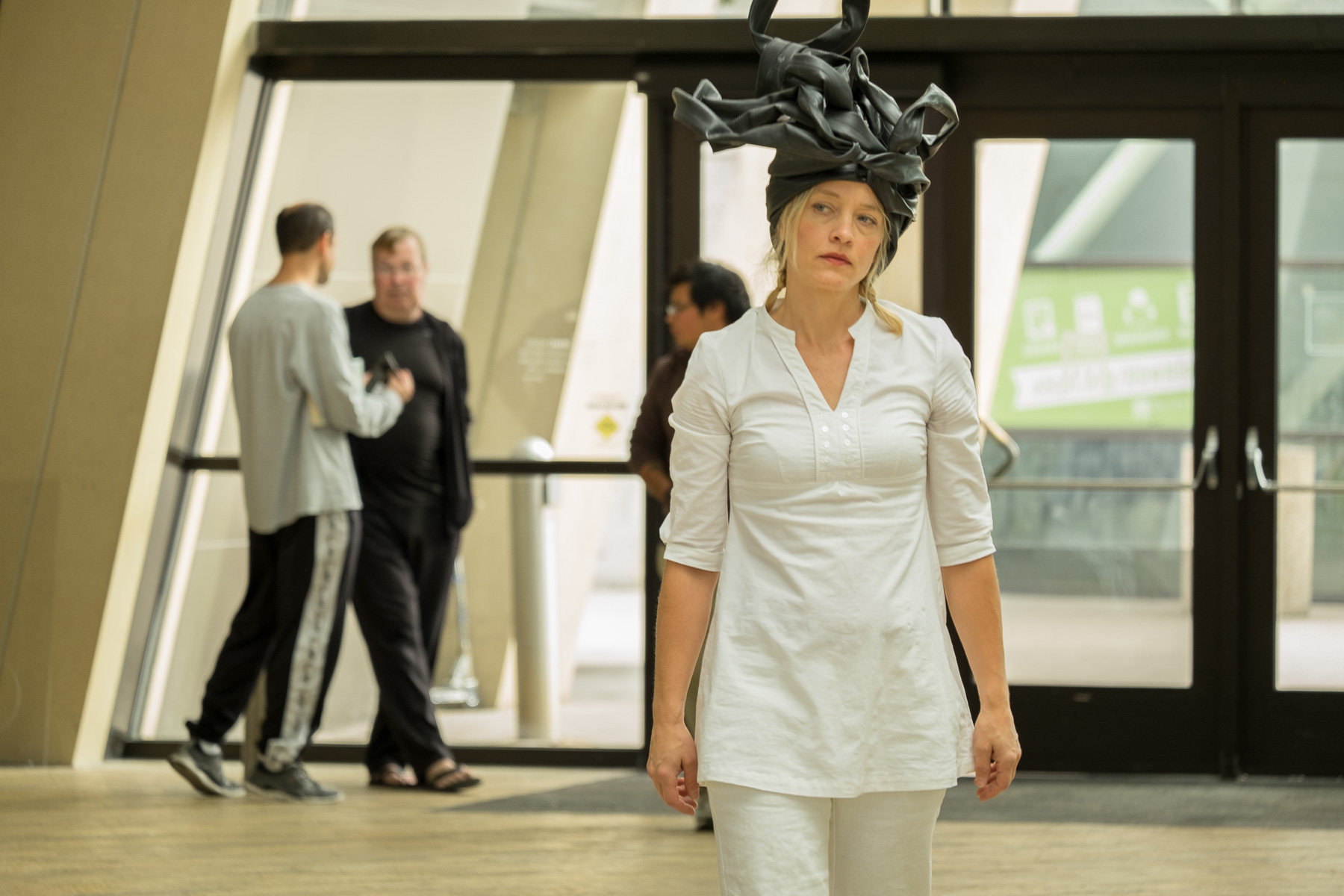If this Halloween season you’re looking for something with a touch more art and a lot fewer chainsaws, Red Butte Garden’s Garden After Dark: Legends of Camelot is the place to go to become enchanted. For the last two weeks of October, the gardens on Salt Lake’s east bench have been transformed into a place where legend comes alive as visitors wind their way through the grounds on an Arthurian-themed quest. At stations along the way, little ones (and large ones) have the chance to decorate a protective shield with heraldic symbols, obtain a glowing magic potion, collect healing herbs and make an oak-leaf crown, all the while looking for scenes from the Arthurian legend: the lady of the lake, the sword in the stone, the knights of the round table.
It’s part nature stroll, part Renaissance festival, with a good dose of Halloween atmosphere. There’s nothing really scary, but plenty of eerie ambience, including blue-light effects, dry ice mist and a cast of performers that gives the entire space a sense of magic and mystery. You’ll be tempted to go early in the evening, when it’s warmer, but it’s worth putting on an extra layer and waiting until it’s properly dark to enjoy the full effect — that way you’ll be able to see the light projections on the hills on either side of Red Butte, be startled by the sudden appearance of a wandering Merlin, and enjoy the enchanted forest in all its phosphorescent glory.
Throughout, parents and children will be beguiled by “The Mists,” an immersive dance theater experience that happens in the gardens and features professionals from Utah’s dance community. “The Mists” evokes the story of Avalon, the magic-infused realm that preceded Camelot. You won’t have to get out your Geoffrey of Monmouth or Chretien de Troyes to enjoy the experience, but you may need to pause for a moment to absorb it. There are no timed performances, so what you see may depend on when you arrive, and taking a second lap along the quest trail may provoke new surprises and an expanded understanding of the story (a short guide available just inside the entrance will help).
The performances are part of a mythical realm that for these few nights in October seems to break through a fairy veil to become part of our mundane, if briefly festive, world. While the anthropomorphic herd of wild stags near Guinevere’s Meadow may prance up to you and encourage a rub or scratch with the tilt of their head and shrug of their shoulders, the denizens of the enchanted forest likely will ignore you as they play their flutes from a tree branch, bang their drums or chase after glow-in-the-dark bubbles. As you leave the magic show (which alternates nights with a raptor encounter), you may catch a glimpse of an intense, raven-like Morgan stalking the fair Guinevere, or while you’re sitting at a table enjoying a cup of hot chocolate, the Priestesses of Avalon, dressed in their long black cloaks, may swarm past you like a band of grackles, to perch on a stone wall, encircle a young tree, or puff and chant around a stone cauldron, all the while ignoring the young girl in her Snow White costume, trying to get their attention. The performances are concrete and compelling, enough to infuse the carnival-like experience of children teasing siblings or asking for another candied apple with a slightly unsettling air of awe and dread.
Shawn Rossiter is the founder of Artists of Utah and editor of its online magazine, 15 Bytes. Reviews on loveDANCEmore are regularly shared collaboratively with the site.
Red Butte Garden’s Garden After Dark: Legends of Camelot is Oct. 22, 23, 24 & 29 from 6 p.m. to 9 p.m. and Oct. 30 6 p.m. to 10 p.m. 300 Wakara Way, Salt Lake City, UT 84108. Price: $6 for Garden members, $12 for the general public and free for children 2 and under.
While not required, costumes are certainly welcome.








